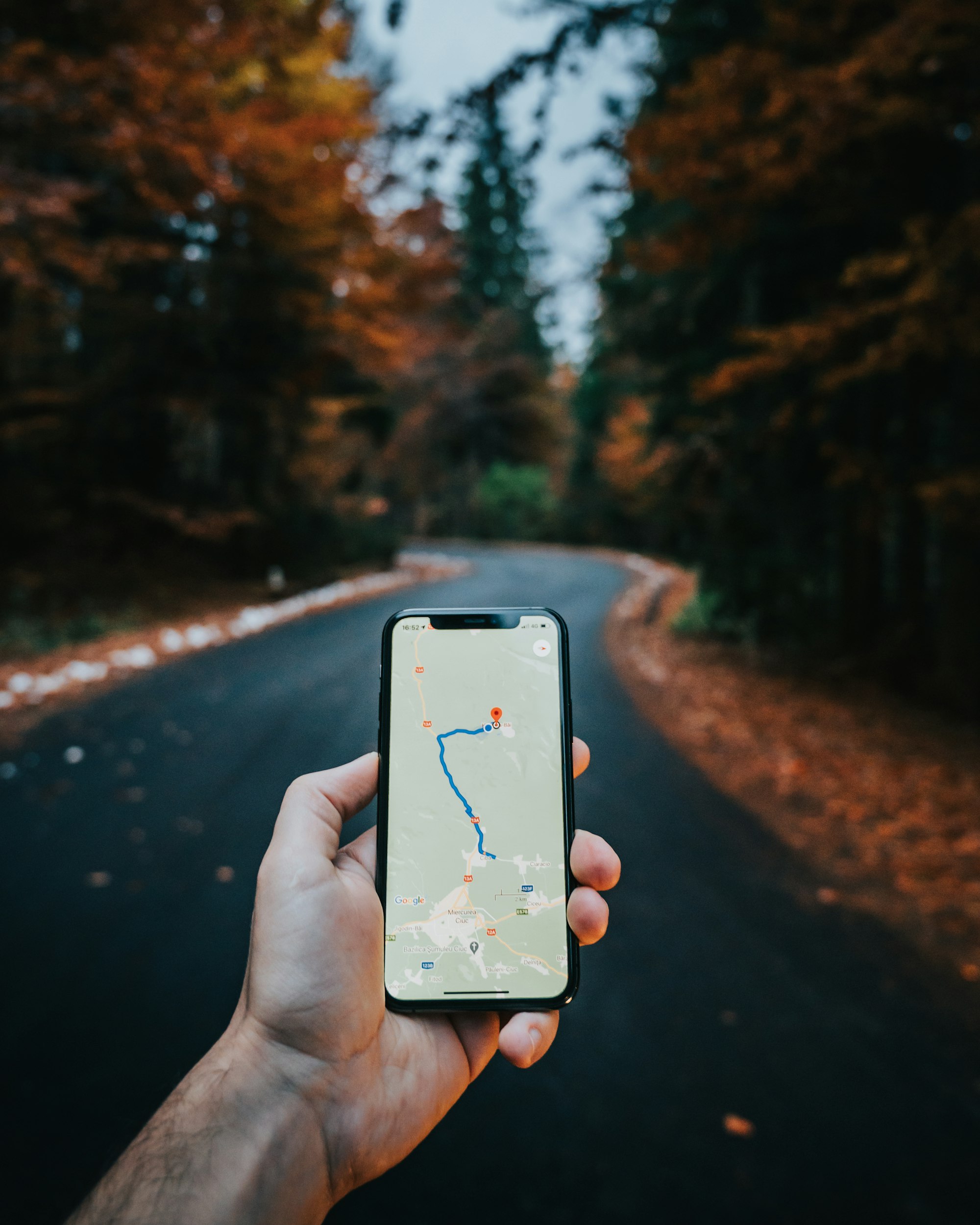Deconstructing Google’s Local Guides and Photo Updates Post
Like all Google releases it generated massive press. We cast our penetrating 'Kreminologist’s' eye on its many details.

Last week Google posted a Maps potpourri press release: “Three new ways anyone can update Google Maps.” Like all Google releases it generated a massive amount of adoring coverage but we wanted to take a minute to cast our “Kreminologist’s” eye on the content and deconstruct its many details.
Google Maps: The Big Picture
The announcement: Google Maps’ local database now has more than 200 million places that range from local businesses and services to parks and plazas.
Our take:
